Off the Beaten Path in Japan
One of the most overused phrases in travel literature is “off the beaten path.” Nonetheless, it’s still a term that many people search for. So, forgive me for using the phrase, but I hope that a small, rural Japanese village fits most people’s idea of “off the beaten path in Japan.”
But seriously, as someone who has studied Japanese language, culture and literature for roughly 30 years, I can tell you that understanding a little about rural Japanese life will add a lot to your Japan experience. Everything about Japanese culture can be traced back to its rural villages. Japanese language, behavior, rituals, and diet can be traced back to a small village tucked away in a remote mountain valley.
How can that be? Let’s look at one lesson from language.
Language Comes From Our Environment
One of the first words a foreigner learns when studying Japanese is “gaijin,” 外人 which means ‘outsider.’ The more polite and socially accepted version of this word is “gaikokujin,” 外国人, which means ‘person from a foreign country.’ The word “gaijin” is strongly connected to the important concepts of “uchi” 内 and “soto” 外 in Japanese.
Ready to learn one of the most fundamental concepts of Japanese culture? You can do it! Drop your shoulders a bit, take a nice breath, and switch on your curiosity bulb. I’ll do my best to make it easy.
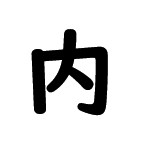
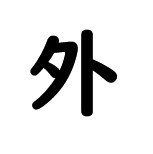
We know this:
“Uchi” means ‘home’ 内
“Soto” means ‘outside’ 外
When Japanese people hear the word “uchi,” they think not only of one’s home, but of all the people within that home … their family. But the idea of family also extends to groups: your coworkers, your schoolmates, and members of your social groups, including your hometown or village.
Because Japan’s geography is full of mountains, it was easy to identify people who belonged to your village as well as people from the other side of the mountain – outsiders.
“Soto” 外 (outside) is also prounced ‘gai’ as in ‘gaijin,” or outsider. The word “gaijin” is often used with a sense of distrust or fear, but it doesn’t carry the real threat that it may have long ago. When used as a derogatory term, think of it the way people of your culture use racial epithets. It’s more a way to reinforce one’s own sense of superiority than to raise an alarm against an attack from an invading force.
Welcoming Visitors - Japanese Hospitality
If you want to experience Japanese culture, then I highly recommend visiting a Japanese village. The aging population and declining birth rate are causing many of these villages to literally disappear at an alarming rate. Still, there are many places left to visit.
There are many easy ways to get off the beaten path in Japan, and many people who are will be happy to see you. A 2-3 day side trip on your way from Tokyo to Kyoto will take you into a world of authentic Japanese life. When you get back on the beaten path, you will see Japan in with a deeper understanding than those who never made the detour.
Jimmy’s Izu Tours includes a walking tour of of Ike, a small village on the Izu peninsula. In the face of demographic challenges, Ike village is proud of its history and continues to work hard and thrive. Spend some time walking around, looking at its landmarks and monuments, meeting and talking to locals, and you will gain a deep understanding of Japanese culture. With your new awareness, you will be able to see how village life has influenced even the most densely populated neighborhoods of Tokyo.
- Have you ever visited a Japanese village?
- What did you learn?
- Are you a guide who offers some type of Japanese village experience?
Share your thoughts in the comments section below.
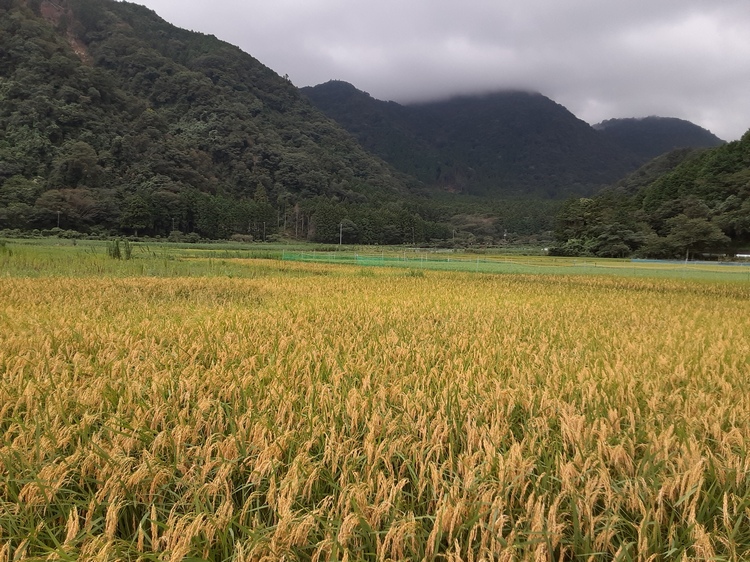
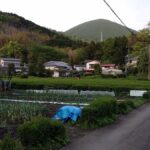
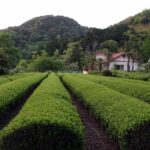
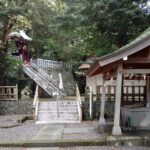
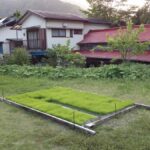
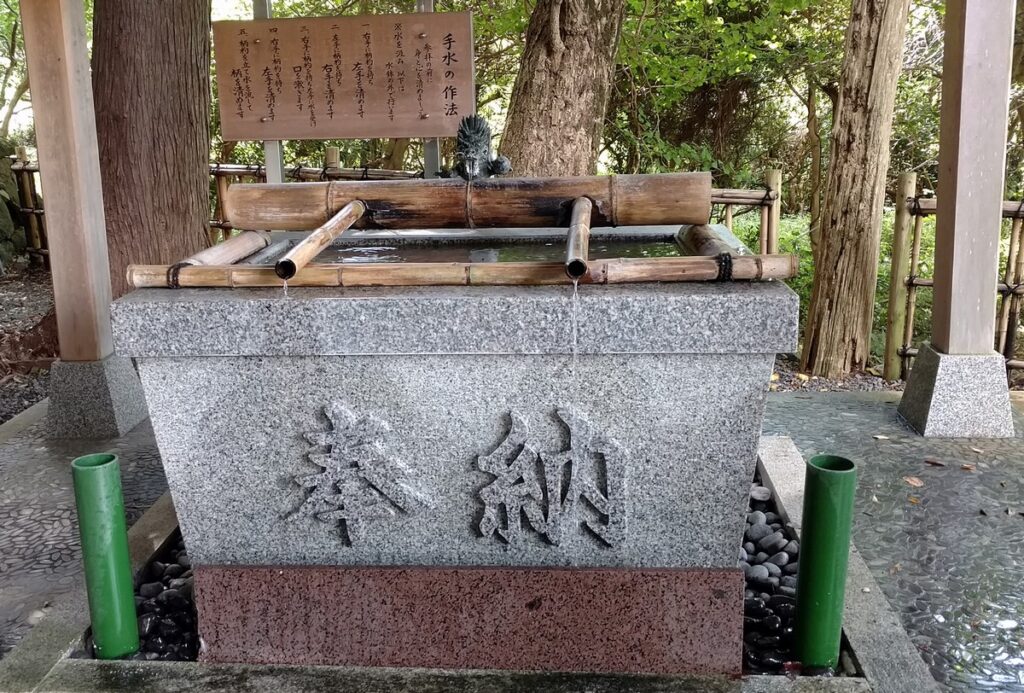
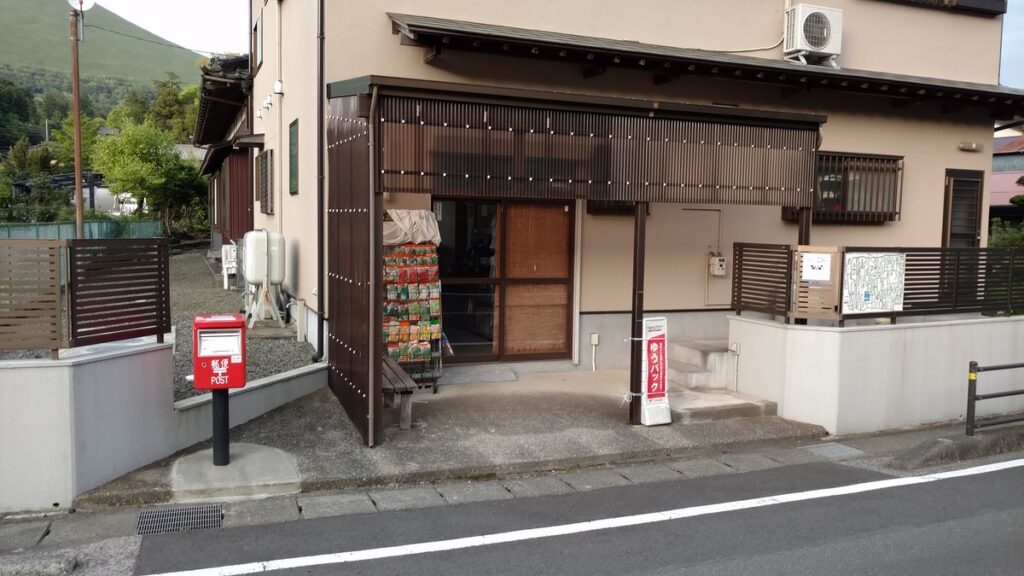
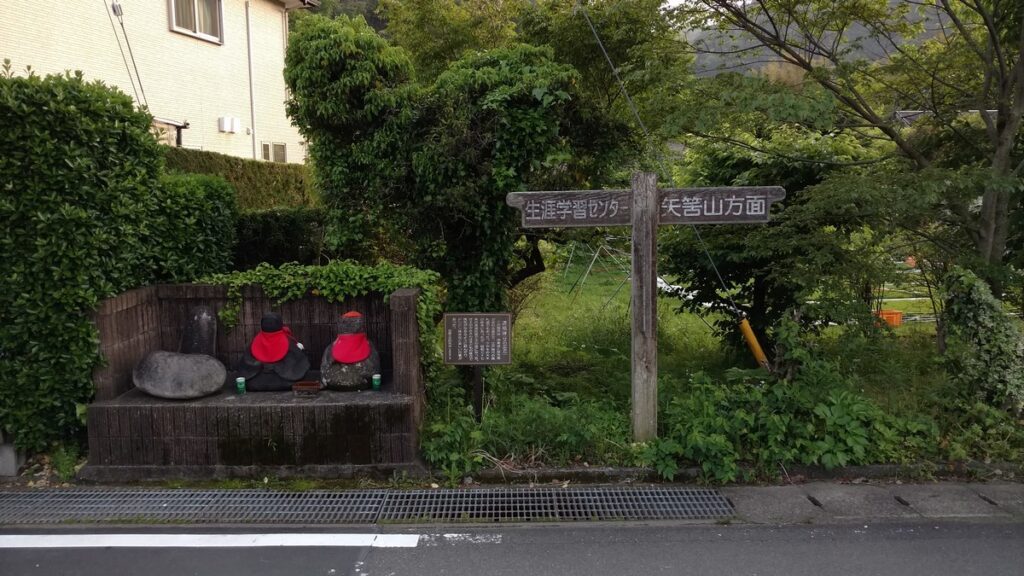
Hi Jim, I have a guesthouse in Akiu, Sendai. It’s a famous onsen town and there are many traditional craftsmen and farmers in the area. I often introduce my guests to businesses in the area.
All locally produced and real country living people and products like beer, wine, iced cream, sweet potatoes, cake, glass, kokeshi (and other wood craft), temples and more! One of our favorite stops is an eccentric LGBTQ member who has an art/antique house. She’s a great friend of mine and super delightful! She loves foreigners, especially men, and she’s an amazing communicator with women. She definitely doesn’t fit the Japanese mold.
https://abnb.me/TXS0z94ATtb
I spend a lot of time in the villages of Amami, Nagaretani and Shimanotani that surround the ryokan I work for in southern Osaka.
They can offer almost limitless storytelling opportunities and in the case of just these three little villages I can draw on subjects like Jimmu-Tenno (legendary first Emperor of Japan), Shugendo, Kukai and Koyasan as well as more intimate local knowledge down to individual trees in some cases.
It isn’t just limited to storytelling though. I’ve helped plant and harvest rice and wheat and learned more of the value of community spirit as the aging population gather together to help each other with the labour of harvest time.
I’ve even taken part in local festivals such as helping pull a danjiri (portable shrine) up some extremely difficult mountain roads or singing ancient Ise Ondo songs as part of a chochin mairi lantern parade.
I don’t really have any specific excursions as yet although I am working on a number of guided walks through the villages to present through the ryokan.
I always appreciate your stories, Gary.
We both focus on a pretty specific region, and both in areas that people are often surprised to learn are very rural.
But these places have been populated for thousands of years, so the history, tales, songs, and rituals are deeply embedded in the culture. There is so much to discover!
Check out Gary’s online presence for lots more~
https://www.linkedin.com/in/gary-luscombe
https://gentlemaninjapan.medium.com
Interesting post Jim; I must admit I use the term gaijin, probably more than most Japanese do, but habits die slowly; but I agree with you that it is not a derogatory word per-se. I will use your explanation next time someone pulls me up on it.
Thanks, Stephen~ I think it’s OK for us gaijin to use the term among ourselves. Just be sure to smile 😉
For everything you need to know about getting around Japan by train, please visit Stephen’s site:
https://tsjapanrail.net